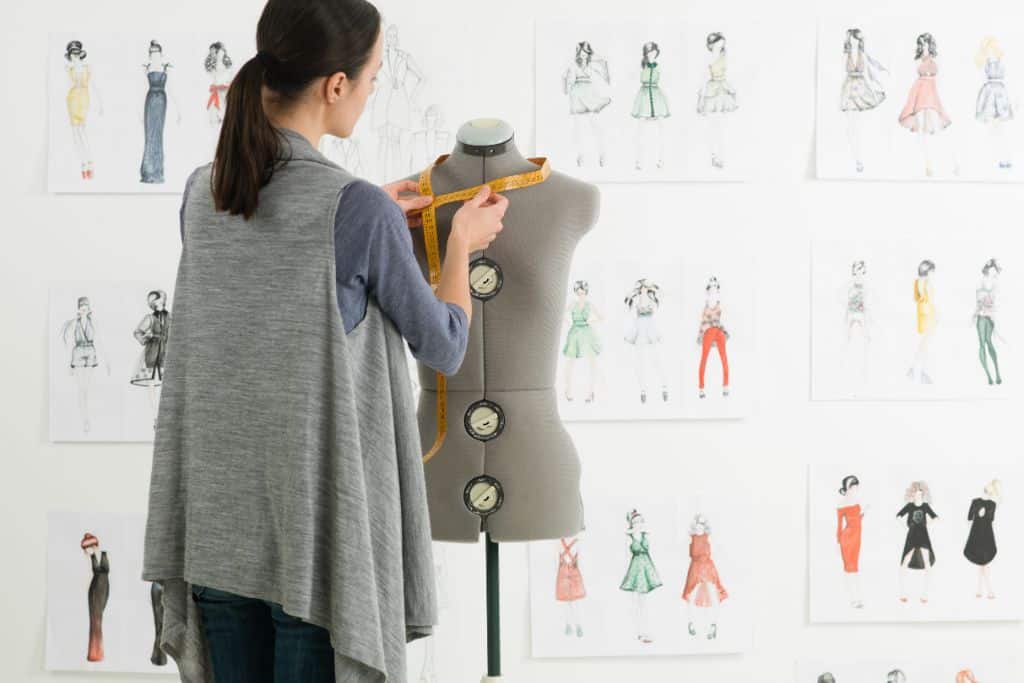Fashion has been an ever-changing industry, but the introduction of technology has revolutionized it even further. From virtual reality runways to 3D printing and intelligent fabrics, technology is taking fashion to new heights. The marriage between technologies and the fashion industry holds immense potential for growth and innovation. In this blog post, we will explore the role of technologies in the fashion industry- their benefits, challenges, and future possibilities that are set to transform how we experience fashion. So buckle up your seatbelts as we take you on a journey into the world where cutting-edge technology meets haute couture!
The use of technology in the fashion industry
Technology has been incorporated into the fashion industry in various ways. One of these is creating intelligent fabrics that help regulate body temperature, monitor heart rate and track other vital signs.
Virtual reality also plays a significant role in the fashion industry as it allows designers to showcase their designs on virtual runways. This enables them to reach out to a broader audience worldwide.
Another way technology has impacted the fashion industry is through 3D printing. Designers can now create prototypes of their designs, which saves time and cuts production costs while allowing for more complex structures that were previously impossible with traditional manufacturing methods.

Smart mirrors have also emerged as an excellent technological addition in dressing rooms, enabling customers to try on clothes virtually without physically changing outfits.
Digital marketing technologies such as social media platforms and e-commerce sites have made it easier for fashion brands to market their products online globally than ever before. The use of technology in the fashion industry continues to drive innovation and transform how we experience style forever.
The benefits of technology in the fashion industry
The fashion industry has come a long way from the days of hand-stitching and tailoring. With technological advancements, the industry is now able to produce clothes at a faster rate while maintaining quality. This has resulted in numerous benefits for both consumers and manufacturers.
One major benefit is the increase in efficiency and productivity. Technology has allowed for the automation of certain processes, such as cutting fabrics or sewing machine operations, which saves time and money. The use of computer-aided design (CAD) software also allows designers to create detailed 3D models of their designs before production begins, reducing errors and minimizing waste.

Another advantage is the ability to customize clothing items more easily with technology. By using data analysis techniques like big data analytics, companies can gather information about customer preferences and tailor their products accordingly. It’s even possible to create personalized garments through digital printing technologies that allow for unique patterns or images on each item.
Technology also helps in promoting sustainable practices by enabling eco-friendly materials like recycled polyester fibres instead of traditional cotton or leather fabrics that are less environmentally friendly.
Technology has revolutionized every aspect of the fashion industry from production to sales channels resulting in an improved quality experience for end-users while increasing profitability margins for producers/manufacturers.
The challenges of technology in the fashion industry
As with any industry, the integration of technology in fashion comes with its own set of challenges. One major challenge is the constant need to stay up-to-date with emerging technologies. Fashion companies must keep a keen eye on new technological advancements and continuously assess whether they could benefit their business.
Another challenge is ensuring that technology enhances rather than replaces human creativity and expertise. While advanced technology can streamline processes and increase efficiency, it cannot replace the intuition and skill of designers and other professionals in the fashion industry.

Additionally, there are concerns about sustainability when it comes to implementing new technologies. The production of tech devices requires resources such as rare metals, which can be environmentally damaging if not sourced responsibly.
Some consumers may be resistant to adopting certain technologies within the fashion industry due to privacy or security concerns related to personal data collection.
Despite these challenges, many companies are successfully integrating technology into their operations while still prioritizing creativity, sustainability, and consumer trust. It’s clear that overcoming these obstacles will require ongoing collaboration between professionals across multiple industries.
The Future of technology in the fashion industry
The fashion industry has always been known for its creativity and innovation. With the advancements in technology, the future of fashion seems to be headed towards an exciting era of sustainability, personalization and digitalization.
One trend that is likely to shape the future of fashion is sustainable materials. Several companies are already experimenting with fabrics made from recycled materials such as plastic bottles and fishing nets. This trend is expected to grow in popularity as consumers become more environmentally conscious.
Another area where technology will play a huge role in the future of fashion is customization. With 3D printing becoming more accessible, brands will be able to offer personalized designs that are tailored to each customer’s unique preferences and measurements.

Virtual reality (VR) could also revolutionize how we shop for clothes online. VR technology can enable customers to try on clothing virtually before making a purchase, which would help reduce returns due to sizing issues.
Social media platforms have already changed how we consume fashion content, but they could also change how we buy clothes. Instagram shopping features allow users to make purchases directly from their feeds without having to go through another website or app.
It’s clear that technology will continue to play a significant role in shaping the future of the fashion industry by offering new ways of production, consumption and engagement with customers.
Technology and fashion are developing concurrently as the fashion industry evolves. Virtual try-on and AI-powered design tools are transforming fashion. New York City is known as the world’s most fashion-friendly city. With its vibrant fashion industry and imaginative use of technology, the city is a terrific environment to brainstorm and collaborate. Technology can help the fashion industry expand, innovate, and thrive.

